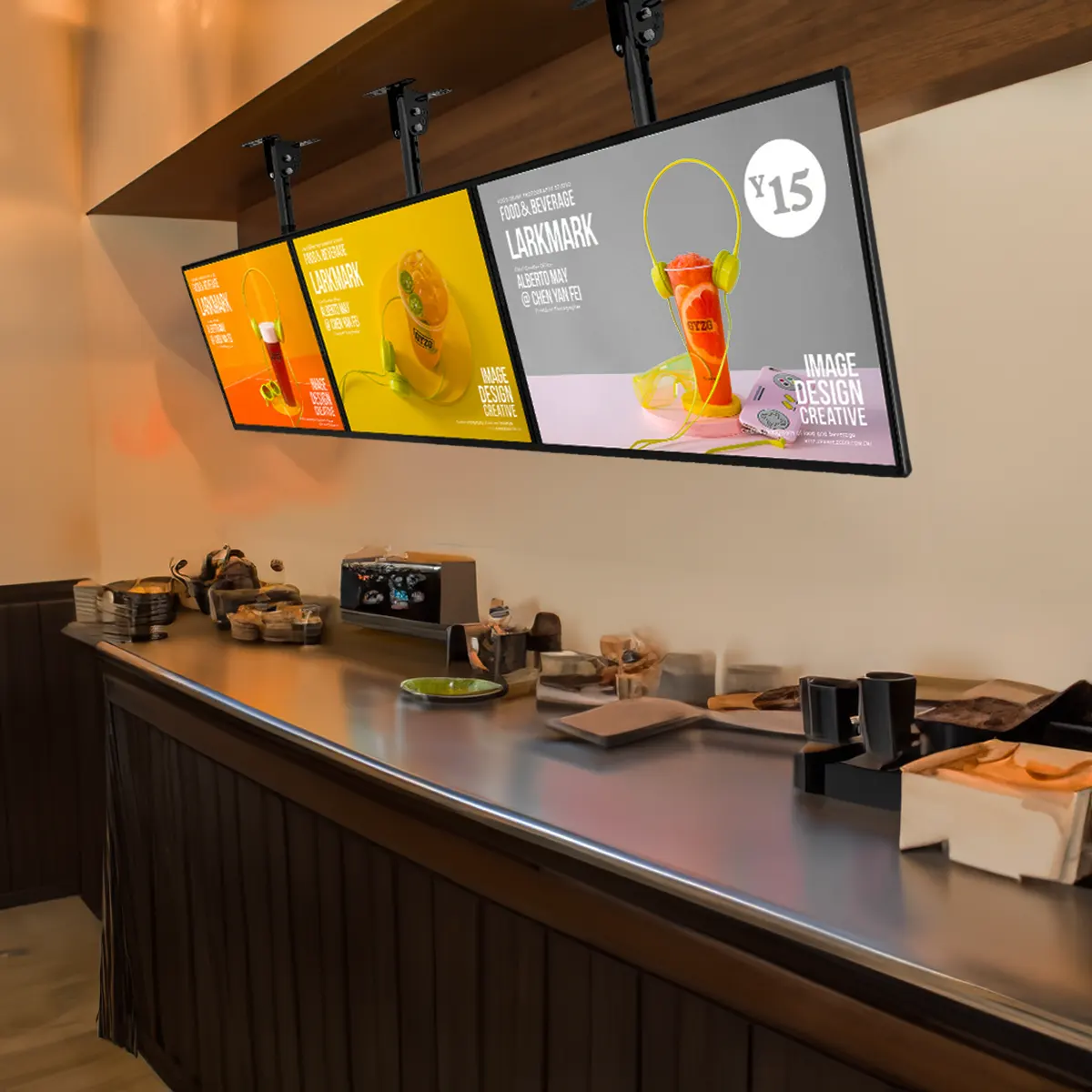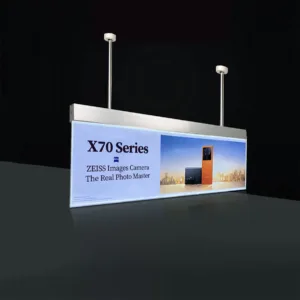Table of Contents
Introduction
In today’s environmentally conscious market, the importance of reducing carbon footprints is paramount. This post delves into various lightbox technologies, highlighting their impacts on the environment and aiding businesses in making informed decisions.
Understanding Carbon Footprint
The carbon footprint of a product includes all greenhouse gas emissions associated with its life cycle, from production through disposal. This metric is crucial for understanding the environmental impact of different lighting technologies.
Conventional Lighting Technologies
Traditional lightbox technologies such as fluorescent, incandescent, and halogen lightboxes often have significant environmental drawbacks:
- Energy Consumption: These technologies generally consume more energy than LED alternatives.
- Non-renewable Energy Sources: They frequently rely on energy from non-renewable sources, contributing to higher carbon emissions.
- Disposal Issues: The presence of hazardous materials like mercury complicates recycling and disposal efforts.
The Advantages of LED Lightboxes
LED lightboxes offer several environmental benefits over traditional technologies:
- Lower Energy Consumption: LEDs are significantly more efficient, reducing the associated carbon emissions.
- Longer Lifespan: The extended operational life of LEDs reduces the frequency of replacements needed, thereby diminishing the associated environmental impact of production and disposal.
- Recyclability: Advances in recyclable materials for LEDs have improved their end-of-life environmental impact【9†source】.
Quantifying the Carbon Footprint
Comparative analysis of different technologies shows that:
- LEDs have a lower overall carbon footprint due to their energy efficiency and longer lifespan.
- Lifecycle assessments for LEDs also tend to show a more favorable environmental impact when considering factors like manufacturing, transportation, and disposal.
Operational Efficiency and Cost Savings
LED lightboxes not only benefit the environment but also provide cost savings through:
- Reduced Energy Bills: Lower power consumption translates to direct financial savings.
- Decreased Maintenance: LEDs require less frequent replacements and maintenance.
- Renewable Energy Integration: LEDs can be more easily integrated with renewable energy sources, further reducing their carbon footprint.
Sustainability Certifications and Standards
LED technologies often meet rigorous environmental standards, which may include:
- Energy Star Certification
- Compliance with international standards on hazardous substances
Case Studies: Sustainable Practices in Industry
Many businesses have successfully transitioned to LED lightboxes, achieving:
- Reductions in Energy Consumption and Emissions: Documented decreases in carbon footprints.
- Alignment with ESG Goals: Enhanced corporate sustainability profiles.
- Improved Public Perception: Consumers favor businesses that demonstrate environmental responsibility【9†source】.
Conclusion
The shift towards LED lightboxes represents not only an opportunity to reduce environmental impact but also to achieve compliance with increasing consumer and regulatory demands for sustainability. Businesses are encouraged to consider these benefits when choosing lighting solutions to align with broader environmental goals.
 Explore our energy-efficient LED lightbox solutions.
Explore our energy-efficient LED lightbox solutions.
Related Articles:
- Comparing LED Lightboxes with Emerging Display TechnologiesIntroduction The display technology landscape is rapidly evolving, presenting a wealth of options beyond traditional LED… Read more: Comparing LED Lightboxes with Emerging Display Technologies
- The Evolution of LED Lightbox Technology Over the Last DecadeIntroduction Over the past decade, LED lightbox technology has undergone significant transformation, driven by advancements in… Read more: The Evolution of LED Lightbox Technology Over the Last Decade
- Preventative Maintenance Schedule for LED LightboxesIntroduction Maintaining your LED lightboxes is crucial to ensure their longevity and optimal performance. This guide… Read more: Preventative Maintenance Schedule for LED Lightboxes










